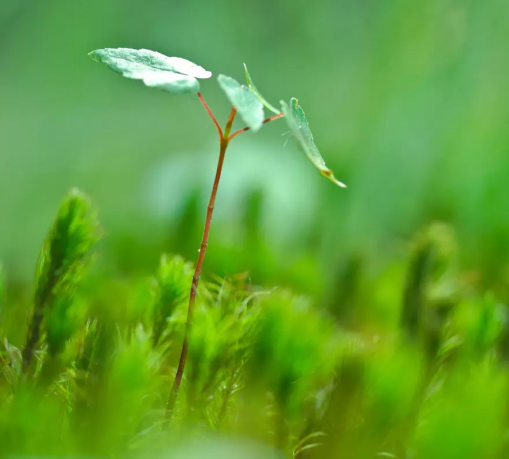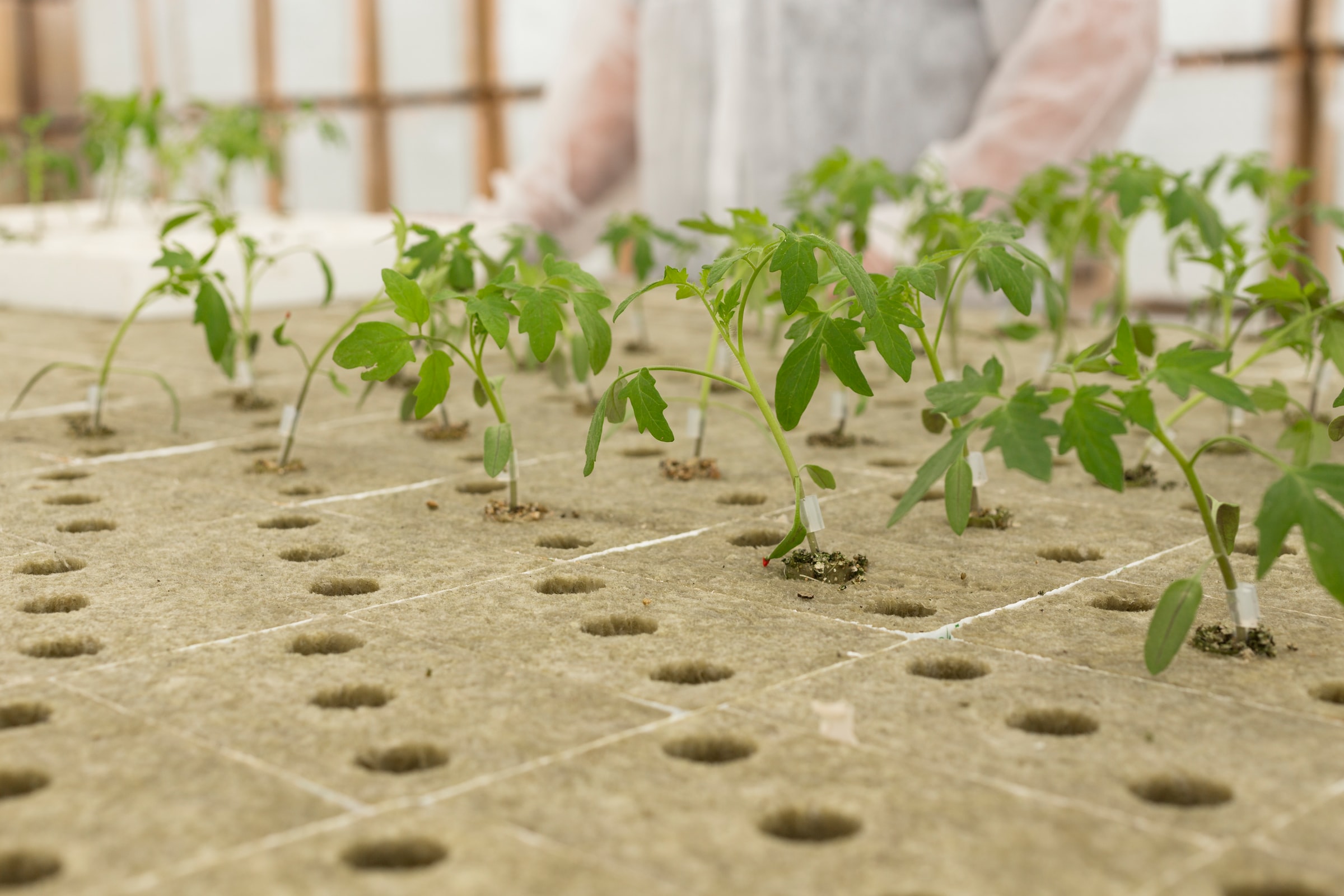Protecting mangroves and wetlands through the use of technology
Pledge by
Ericsson AB
Protecting river communities in Malaysia, wetlands of international importance in the Philippines, and coastal communities and biodiversity in India.

- Type
- Conserving, Restoring & Growing, Enabling
- This pledge will take place from
- 2020 to 2024
- Location
- India, Malaysia, Philippines
Pledge overview
Since 2015, Ericsson has played an active role in reforesting a riverbank mangrove forest in Sabak Bernam, Malaysia through the use of water and soil sensors. In 2016, 80% of mangroves planted reached maturity, compared to only 40% prior to the project. Ericsson continued to support reforesting efforts until 2023, and today, the initial site and its surrounding areas are fully reforested. In 2017, Ericsson deployed the same solution in Sasmuan, Pampanga in the Philippines, and in 2020 the site was declared the country's 8th Ramsar site. Ericsson has deployed an AI-enabled solution to help with site protection and migratory bird species identification, which is being used by the local authorities to date.
During 2023, Ericsson, in collaboration with The Aga Khan Agency for Habitat India (AKAH India), has launched the Biodiversity and Ecosystem-Based Climate Change Adaptation project in the Porbandar district of Gujarat in India, planted 100,000 coastal mangroves and 20,000 fruit bearing plants in 10 villages in Porbandar. This will provide families in coastal areas in 10 project villages with enhanced livelihood opportunities, including fishing activities, etc., which are normally undertaken in this coastal belt. Moreover, the communities are trained as first responders that may help them during untoward incidents like cyclones and coastal floods.
The on-site monitoring of the mangroves is a challenging and cumbersome task and can not be done merely involving manpower. The project in Porbandar involves monitoring the plantation using 15 sensor nodes (each sensor node comprises 5 sensors viz. temperature and humidity, salinity, nitrogen, phosphorus, potassium, and pH value). The data from these sensors are sent to servers via telecom networks. These data are analyzed so that remedial measures are taken on the ground helping the plantation to thrive.
Actions in this pledge
-
Conserving trees and forest landscapes
Supporting actions
- Permanent conservation
- Secure a forest through acquisition or legal agreement to avoid planned or unplanned deforestation or degradation, and/or ensure permanent conservation of land
- Other conservation activities
- The project also involved training and capacity building of communities to act as first responders during any natural calamity.
Additional details
Philippines: 405 hectares; Malaysia: 2 hectares; India: 25 hectares.
Philippines: Installation of AI-enabled cameras that will monitor the site and identify bird species in 2021; potential additional sites to be evaluated in Q1 2022.
India: The plantation activity is monitored through IoT sensors. Moreover, village level committees are also formed to take care of the plantation of mangroves and other fruit bearing species.
Conserving
- Land area
- 432 hectares
-
Restoring and growing trees and forest landscapes
Supporting actions
- Reforestation
- Re-establishment of forest through planting and/or deliberate seeding on land classified as forest, that has been degraded or where trees are unlikely to regenerate naturally
- Mangrove restoration
- Establishment or enhancement of mangroves along coastal areas and in estuaries
Additional details
Malaysia: Mangrove tree planting in 2022 and 2023.
Philippines: Installation of AI enabled cameras in 2021.
India: through community-led initiatives, planted 100,000 mangroves and other plant species and 20,000 fruit-bearing trees in 2023. The IoT based sensor monitoring system has been put in place for on-site monitoring of the plants growth.
The project involved plantation of mangroves that involved identification of land parcels, treatment of land, development of nurseries and actual plantation over the project cycle from December 2022 to November 2023. During the same duration activities such as plantation of fruit bearing saplings and training and capacity building of communities were done. The idea was to achieve ecosystem based climate change adaptation involving communities.
Restoring & Growing
- Trees
- 125000 trees
-
Enabling activities for trees and forest landscapes
Supporting actions
- Education and capacity building
- Forest / tree species conservation and restoration education programmes, targeted educational and behaviour change campaigns, training and capacity building, including promotion of local and traditional knowledge and practices
- Community mobilisation
- Community mobilisation and engagement activities for conservation, restoration and reforestation, including enabling systems of community governance, etc.
- Youth engagement
- Engagement of young people and/or youth networks to catalyse a restoration generation
- Data collection, management and technological tools
- Activities that provide data and/or technological tools to support conservation and restoration (e.g. monitoring etc.)
Additional details
Philippines: Installation of AI-enabled cameras to monitor the site and help to identify migratory bird species was made in 2021.
India: In Gujarat, the project involved plantation of mangroves that involved identification of land parcels, treatment of land, development of nurseries and actual plantation over the project cycle from December 2022 to November 2023. In the same duration, the activities such as plantation of fruit bearing saplings and training and capacity building of communities was done. The idea was to achieve ecosystem-based climate change adaptation involving communities. The idea of on-site monitoring of the plantation using IoT based sensor network is the uniqueness of the project enabling precise growth monitoring. In 2024, it has been planned to take this model of connected mangroves plantation to other coastal districts(s) of Gujarat, in order to create larger footprint and enable comparative study of IoT based climate change adaptation.
Enabling
Our ecologically and socially responsible approach
In Malaysia, the Philippines and India, we work with the local community to ensure that the project implementation is in line with local guidelines. We also ensure that we engage with the community to address their needs, and conduct training to transfer knowledge on the ICT solution installed. In the Philippines, we work with the Department of Environment and Natural Resources to ensure that proper measures are taken with regard to site protection.
In India, we work with AKAH to ensure a community-centered, ecosystem- and technology-based approach to enhance the resilience of coastal communities vulnerable to climate change and natural hazards.
Our results tracking
Ecological impacts tracking methods: Baseline Surveys, Long-Term Monitoring, Stakeholder Interviews, Collaboration with Experts, Use of IoT networks for monitoring the growth of mangrove.
Social impacts tracking methods: Baseline Surveys, Participatory Rural Appraisal (PRA), Focus Group Discussions.
Ecological metrics
Growth of mangroves, increase in biodiversity (fishes, crabs and birds)
Social metrics
Number of jobs created within the community, Increase in household income for SHG members, Improvement in skills related to mangrove conservation and alternative livelihoods, Improvement in the status and involvement of women in the community, Increased participation and decision-making by community members
Our partners
Malaysia: community of Kampung Dato Hormat, Sabak Bernam;
Philippines: Smart Communications, local government unit of Pampanga, and Dept of Environment and Natural Resources;
India: The Aga Khan Agency for Habitat (AKAH), Forest Department of Gujarat, Department of Climate Change of Gujarat.
Our locations
We are working at locations across India, Malaysia, and Philippines.
Malaysia: Kampung Dato Hormat, Sabak Bernam
Philippines: Sasmuan Bangkung Malapad, Pampanga
India: Porbandar, Gujarat, India

Our implementation progress
Pledge implementation progress reporting is managed in collaboration with IUCN’s Restoration Barometer, and is required annually from the year following pledge publication.
-
Ericsson pledge implementation progress report 2022
with supporting documentation
-
Ericsson pledge implementation progress dashboard 2023
with supporting documentation
